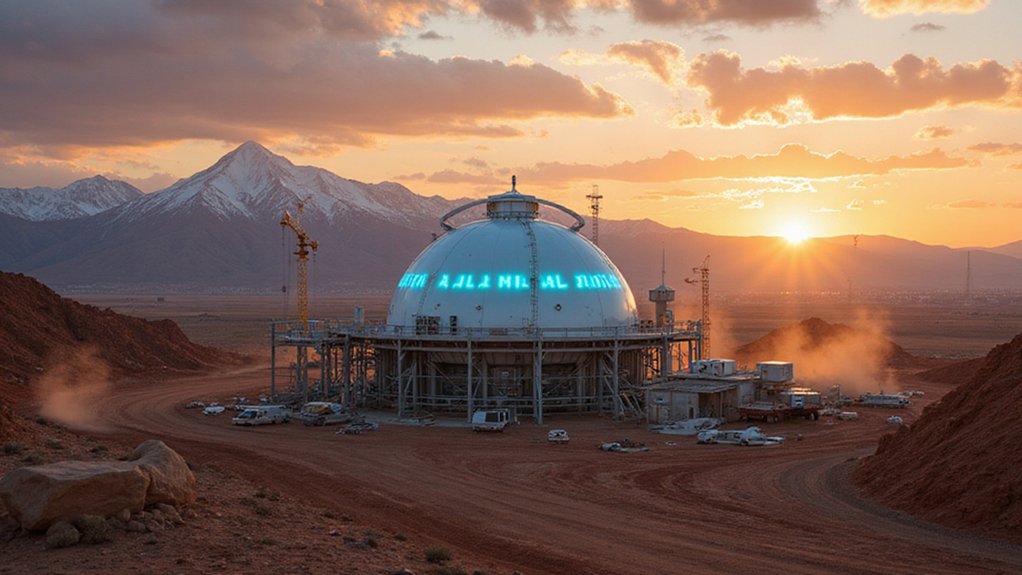Eastern states are turning to nuclear power as offshore wind projects struggle. From New York to Maryland, states embrace atomic energy, which now provides 23% of New England’s electricity. Tech giants like Google, Amazon, and Microsoft are driving this revival through partnerships with energy companies. The Biden administration supports this shift, aiming to triple nuclear capacity by 2050. Despite concerns about costs and waste, nuclear power’s role in achieving carbon-neutral goals has gained momentum.
As nuclear power plants light up across the East Coast, states from New York to Maryland are embracing atomic energy with renewed enthusiasm. The shift comes as offshore wind projects face uncertain futures and electricity demands surge from artificial intelligence and cloud computing.
Nuclear energy now generates 23% of New England’s power as of January 2025. This number could grow as New York develops a nuclear “master plan” and Maryland considers direct financial support for new projects. These states, along with Virginia, have joined the Advanced Nuclear First Mover Initiative, signaling their commitment. Maine, however, continues to exclude nuclear energy from its climate plan “Maine Can’t Wait,” focusing instead on wind, solar, and other renewable alternatives.
Nuclear’s momentum builds as East Coast states join Advanced Nuclear First Mover Initiative, with New England already at 23% atomic power.
Tech giants are driving much of nuclear’s revival. Google has partnered with Kairos Power to build seven small reactors in the next decade. Amazon is exploring small modular reactors with Dominion Energy in Virginia, while Microsoft helped broker the restart of Three Mile Island. Their massive data centers require reliable, carbon-free power that nuclear can provide.
The federal government is backing nuclear expansion too. The Biden administration aims to triple nuclear capacity by 2050, targeting 200 gigawatts of new capacity. A $1.52 billion loan to repower Michigan’s Palisades plant demonstrates this commitment, as does the ADVANCE Act passed in June 2024 to boost reactor development.
Small modular reactors (SMRs) are leading innovation in the sector. Bill Gates recently broke ground on an SMR in Wyoming. These smaller plants are seen as easier to finance and build than traditional large reactors. Despite overcoming initial high costs, nuclear projects face grid stability concerns when integrating with existing power infrastructure.
Despite the momentum, challenges remain. Nuclear projects in the U.S. and Europe typically face 8-year delays and 2.5 times budget overruns. Radioactive waste management continues to worry some communities.
The nuclear resurgence isn’t limited to America. Over 40 countries plan to build or expand nuclear capacity, with China responsible for 80% of new nuclear capacity in the last five years.
As states pursue carbon-neutral electricity goals while meeting rising power demands, nuclear power’s comeback appears increasingly central to America’s energy future. The EPA’s recent revocation of permits for major offshore wind projects like the Atlantic Shores project has further accelerated interest in nuclear alternatives.








